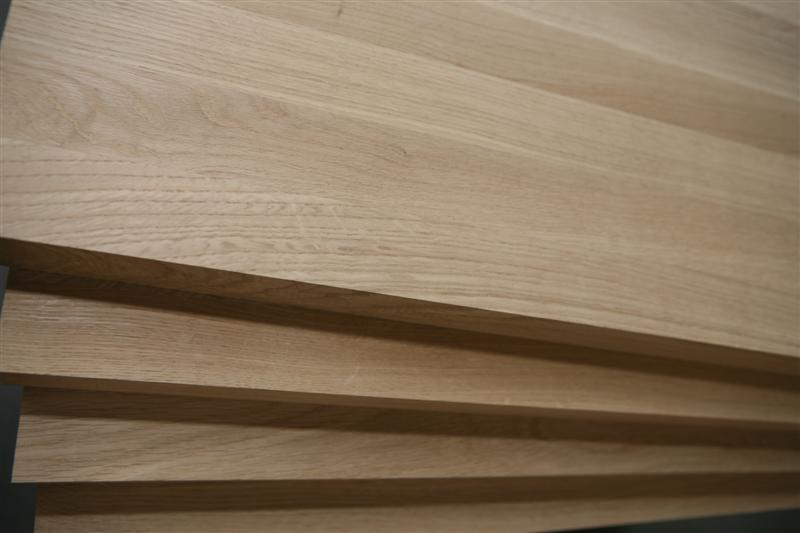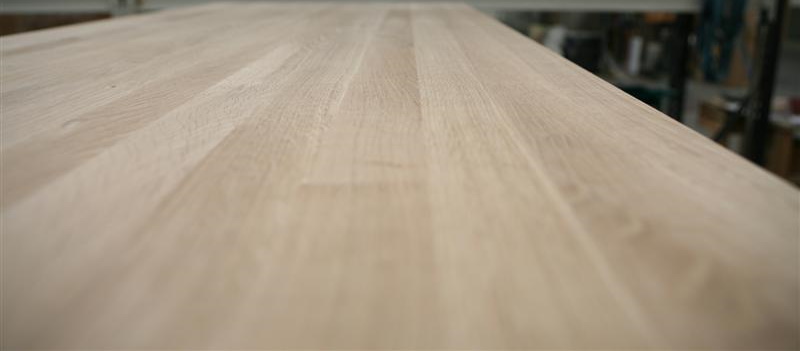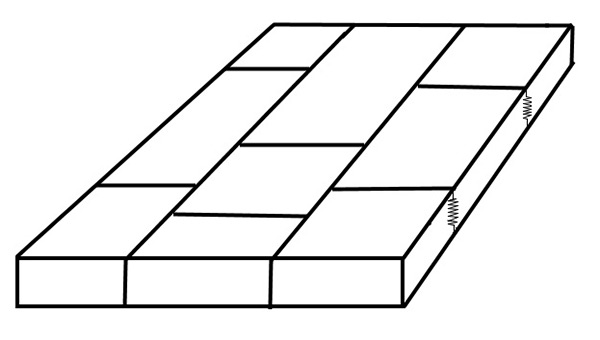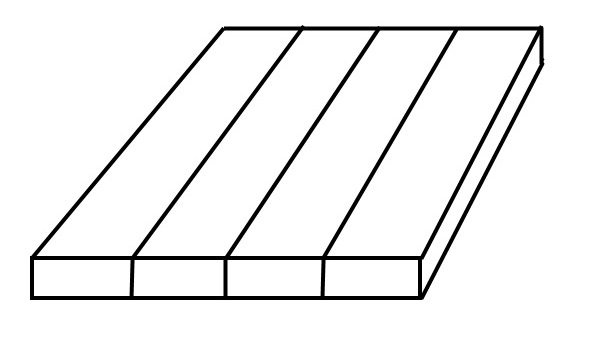
Oak glued panels
Oak is a traditional and widely used type of wood for crafting various complex carpentry products as well as flooring materials. Oak wood stands out for its exceptional strength, resistance to decay, and flexibility for bending.
The wood has a pleasant texture and color and is easy to work with. However, when creating products from oak, it’s important to note that this wood poorly absorbs spirit-based lacquers.
Northern Europeans regarded oak as a powerful symbol of vitality and a guarantee of stable success. It was believed that oak bestowed advantages to warriors, fighters, and strong, healthy individuals, charging them with life energy and sharing a piece of the tree’s longevity.
The quality we produce:
AB – top side of the panel is knotless and uniform shade, some small branches and slightly malleable wood on the underside.
Rustic – unlimited amount of branches allowed on both sides of the panel, unlimited malleable wood on the underside
Exactly the same as the birch glued wood text and images, but without glued wood details.
Two additional pictures could be added (oak panel 1 and 2).
We offer oak worktops in stock!
For inquiries, please contact us via email at allan@treiblut.ee.
| Name | Price |
| AB 40x620x4000 | 183€ + VAT |
| AB 40x620x3500 | 160€ + VAT |
| Rustic 40x620x4000 | 158€ + VAT |
| Rustic 40x620x3500 | 140€ + VAT |
| AB 30x620x4000 | 138€ + VAT |
| Rustic 30x620x3000 | 192€ + VAT |


Finger jointed edge glued panels
Finger-jointed glued panels are made by bonding wood pieces with finger-like notches at the ends. Finger-jointed timber is also widely used for manufacturing window and door frames, where its dimensions are less critical compared to regular solid wood, especially in conditions with significant differences between indoor and outdoor temperatures. Finger-jointed material is more affordable than panels made from solid lamellas, as its production can utilize leftover materials. Wood production always generates offcuts, which can be repurposed in finger-jointed panels by joining these pieces together. Defective wood sections, such as knots, resin pockets, cracks, or discoloration, are removed, leaving only quality material for the jointed panels. The finger joints are visible on the side of the panel, while only thin lines are noticeable on the top and bottom, preserving the panel’s appearance.
